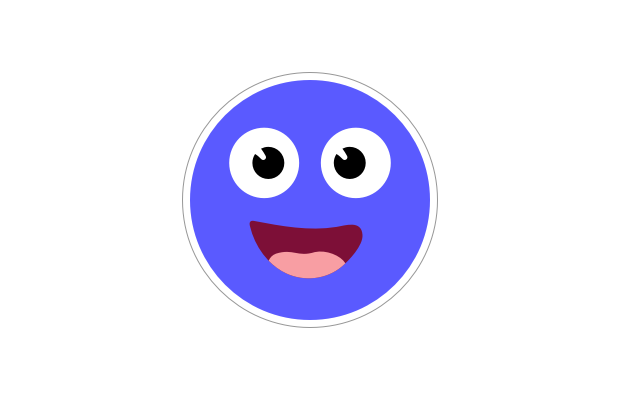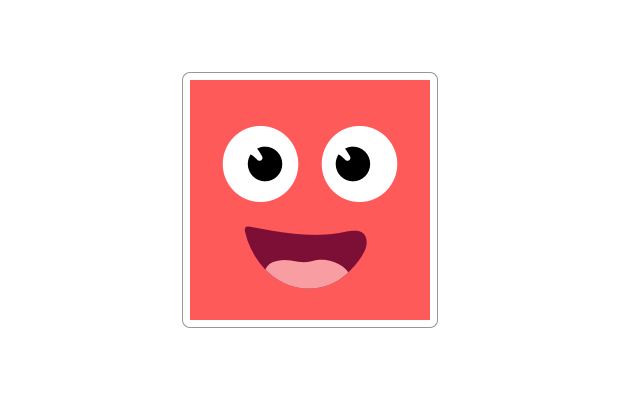Teaching Shapes to Preschoolers is Easy!
Feb 6, 2022 Before children enter kindergarten they need to know basic shapes like a triangle, square, rectangle, and circle. Basic shapes set the foundation for logic and problem-solving skills.
In This Article
One thing toy companies get right is making lots of hands-on, 3D shapes toddlers can sort, fit into corresponding hole shapes, and blocks. Starting at a young age ensures a good basis that will help them when they enter preschool.
If kids learn these basic shapes, it can help them excel in other learning areas like mathematics, reading, and science.
Learn shapes with Speech Blubs App
The more you practice, the more you learn! Explore more than 1,500 activities, including our “Get Into Shapes” section and watch your little one learn right away. Start your free trial today!
Boost Your Child’s Speech Development!
Improve language & communication skills with fun learning!

What are the Benefits of Learning Shapes?
There are many benefits to learning about 2D shapes in early childhood, and here are just a few:
- Helps children distinguish and identify letters of the alphabet,
- Improves problem-solving skills in math and geometry,
- Helps children identify other symbols and shapes in their everyday environment.
According to the Common Core State Standards for Mathematics (CCSSM) children in kindergarten need to be able to describe shapes in relation to space. The goal of learning shapes by the end of kindergarten is for children to show and understand through comparing, analyzing, and creating shapes. One way for children to achieve this goal is by helping them understand two (2D) and three-dimensional (3D) shapes.
Children are hands-on learners who love to create things! So how do you help your preschooler identify two- and three-dimensional basic shapes in a new exciting way? You introduce hands-on activities that get your child to identify shapes!

Activities for Shapes Recognition
1. Trace shapes
One of the simplest ways to teach basic shapes is with tracing. Grab objects around your house that are circular, triangular, square, and more. Everyday items you can use include soup cans, paper towel rolls, books, foam building blocks, and more. Now have your child place the object against a piece of paper and trace around the object with a crayon or pencil.
2. Sponge painting shapes
Take dish sponges and cut out basic shapes. Then have your preschooler dip the sponges in paint and stamp the sponge shapes on craft paper. This activity lets your child see basic shapes in their 3D form.
3. Shapes scavenger hunt
This is how the activity works:
- Show your preschooler a picture of the shape you want him/her to find.
- Decide how many household items your child needs to find with the same shape.
- Then let your child wander and explore through the house to hunt for basic shapes.

A shapes scavenger hunt can also be applied outside the home while going for walks or a car ride. Simply, pick a basic shape like a square and have your child find everyday square items.
4. Mold shapes
There are two ways your child can mold shapes. You can create a trace outline of basic shapes on paper and then laminate the pages. This will give your child a Play-Doh mat to reuse anytime! Your child has two choices for molding shapes:
- Roll the Play-Doh into a line (like a snake) and move the roll onto the traced shapes of the Play-Doh mat to make the basic shapes out of Play-Doh,
- Make a 3D model of each basic shape. For instance, your child can roll the Play-Doh into a ball to create a circle; press the circle (ball) and it becomes an oval.

5. Shape Sorting
Shape sorting is an easy way to help children visually compare similar shapes and identify them. For this activity, you will need to make a piece of paper with multiple columns of basic shapes. Then, you will need to buy shapes buttons. Your child will then need to sort through multiple shapes buttons to find the corresponding shape they are looking for.
6. Dot It Out
There are two ways a child can complete this activity. They can use the same tracing sheets or Play-Doh mats to “trace” the shapes with pom poms, or they can use a bingo dauber to create dots. Your child can dot all the lines of the shapes, or he/she can just dot the points of the shapes.
A bingo dauber is designed to be transparent so your child can still see the shape beneath the ink. Only dotting the points of the shapes will help teach counting skills, while helping your child remember how many sides a shape has to better identify it.

7. Cookie Cutter Shapes
Cookie cutters are a great way to introduce basic shapes at home! Of course, you can always bake and decorate cookies in the shape of triangles, rectangles, circles, and more. But you don’t have to make cookies to teach your preschooler shapes with cookie cutters.
Simply use sensory bin items like moon sand, Play-Doh, or kinetic sand to press the cookie-cutter shapes into. Although they are 2D shapes created in the sand or Play-Doh, you can have your child expand upon basic shapes by making pictures in the sand/Play-Doh with the cookie cutters.
Here’s an example:
Have your child press the square into kinetic sand. Count the points of the square and then take another shape like a triangle and press it on top of the square. Count the points of the triangle then have your child design and decorate his/her own house with windows, trees, a door, etc.

8. Get Into Shapes
Get Into Shapes is an activity available on Speech Blubs, an educational app to help children learn and recognize new words with the help of video modeling of their peers. In the section, all the basic shapes are introduced along with more advanced shapes like star, cross, and diamond.
All you need to do is download the Speech Blubs app and click Get Into Shapes. From there, your child will learn to recognize different shapes by clicking on the shape itself and then learning how to say the shape’s name through video modeling of a child saying the shape name.

See shapes in everyday objects
Shapes are all around us! Everything has a shape of some sort, and the sooner your preschooler learns the basic shapes, the faster he/she will . . .
- Learn to recognize letters in the alphabet,
- Recognize new and different shapes,
- Be able to identify shapes by the number of points and by name.
The best way for you to create an early love of learning shapes is by making the learning activities entertaining, hands-on, and at times as messy as possible!
